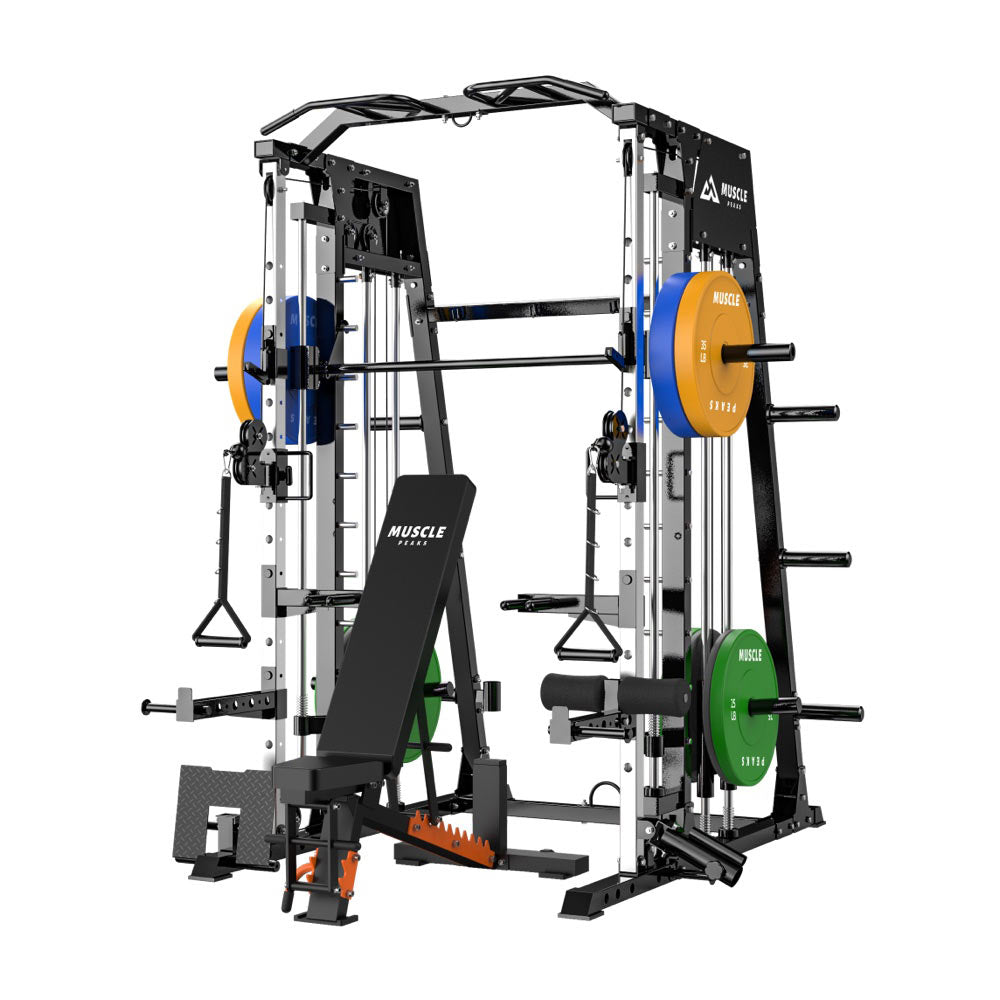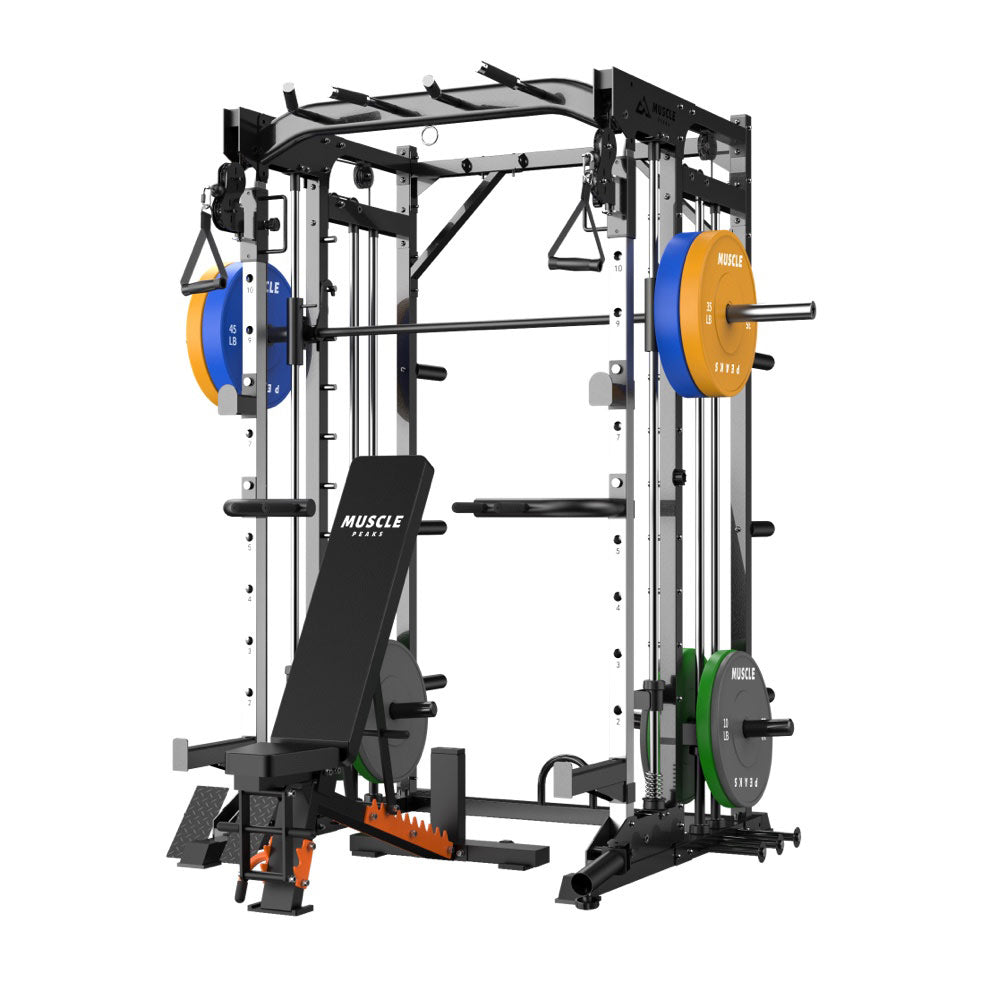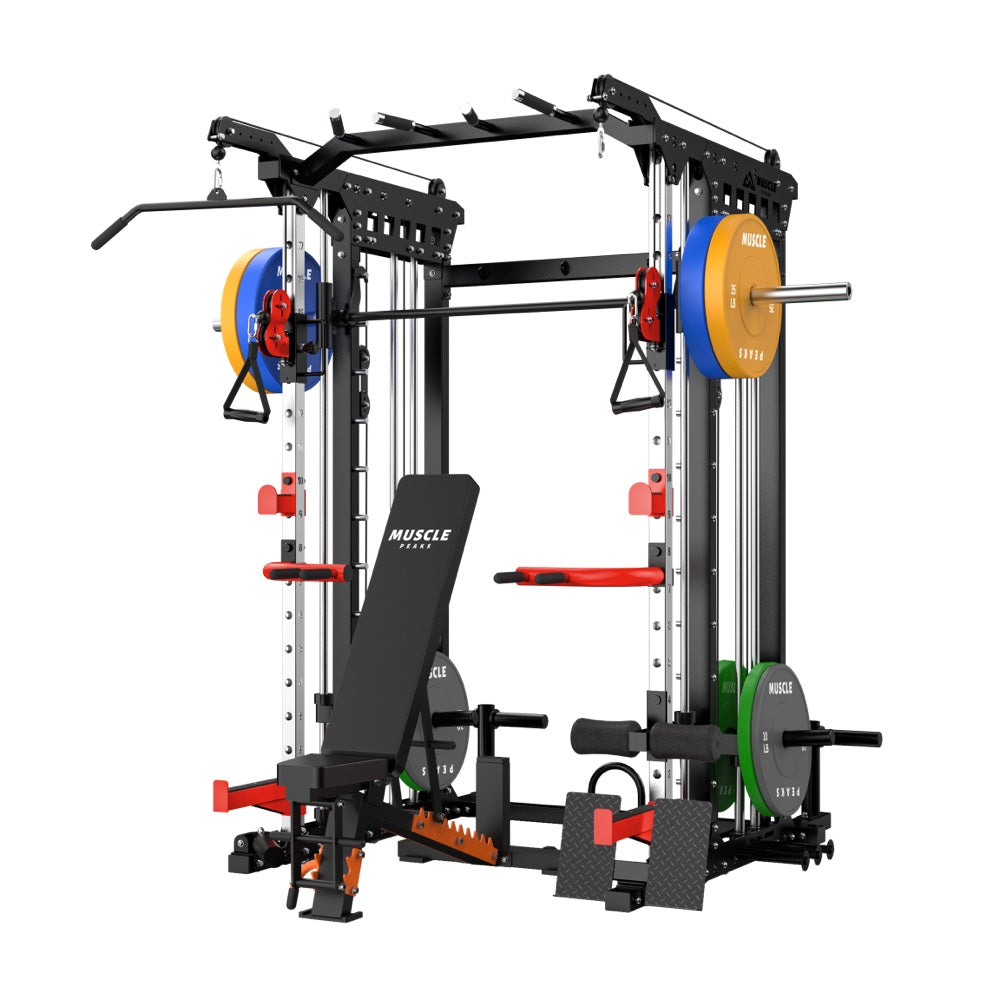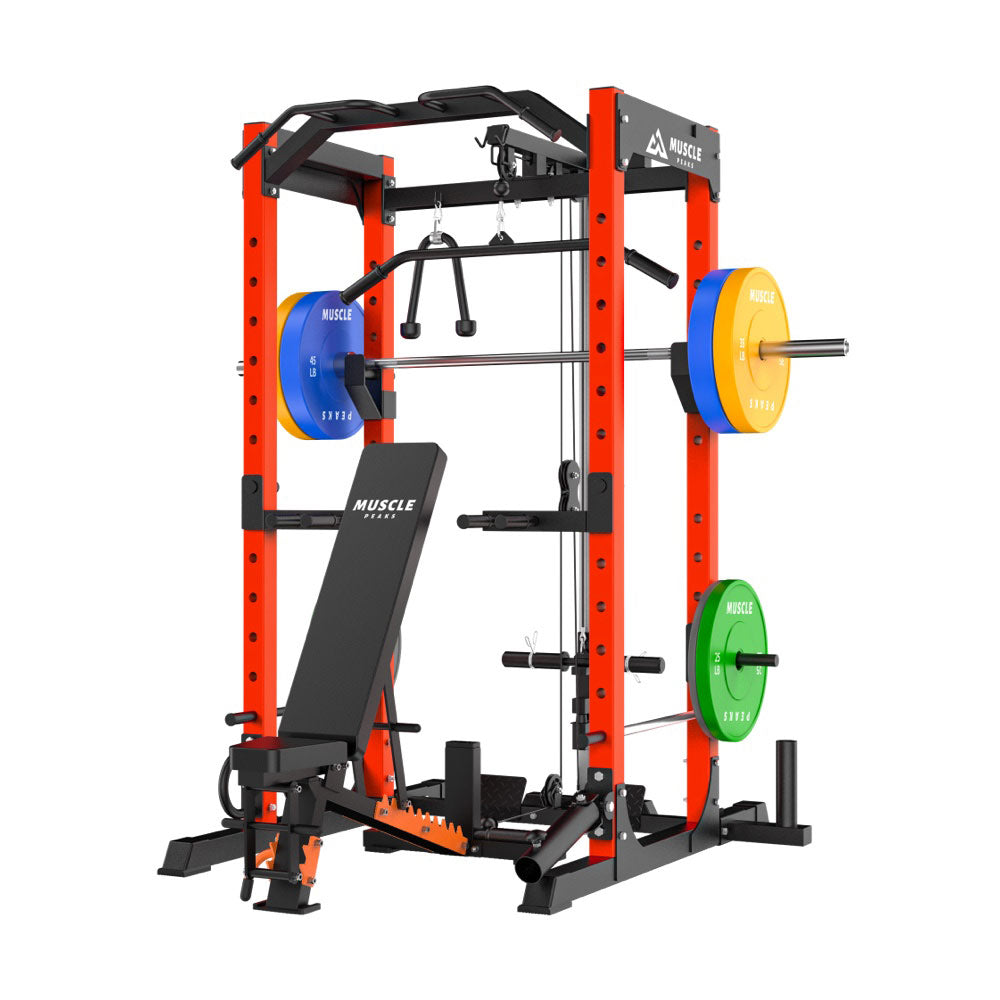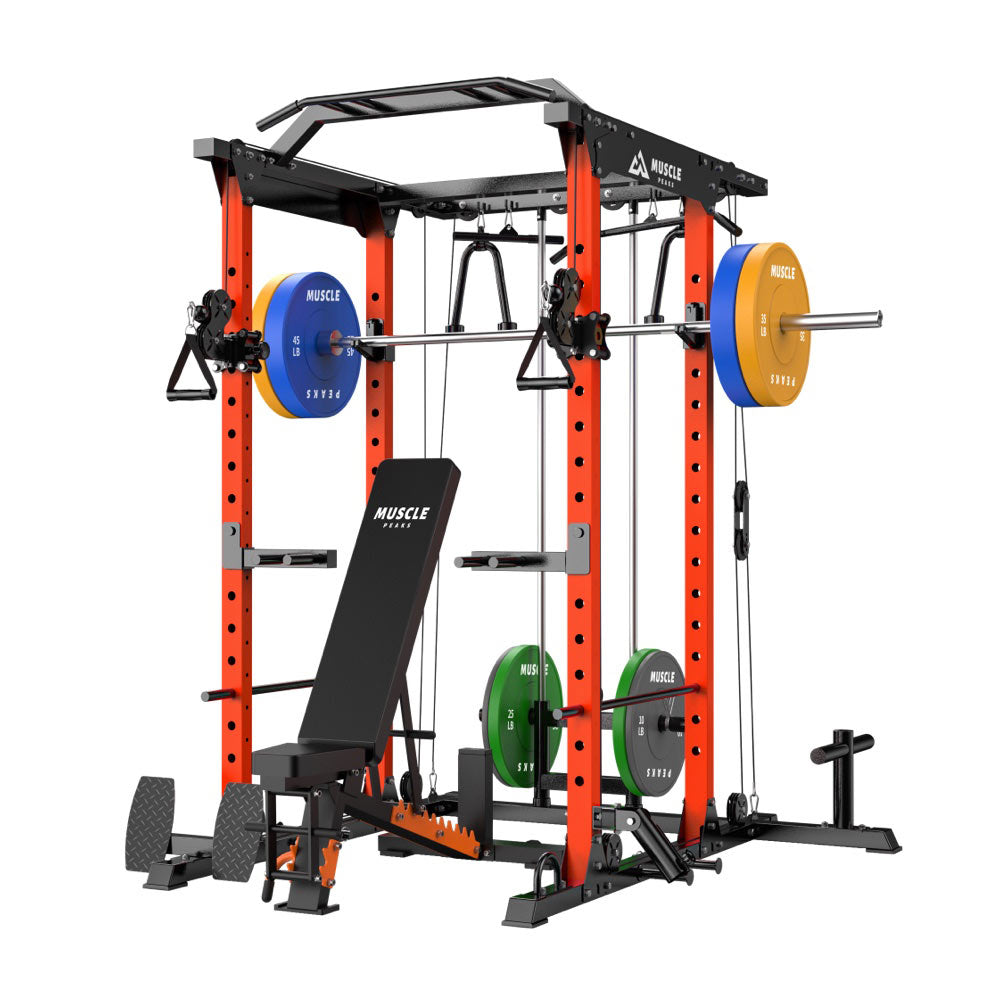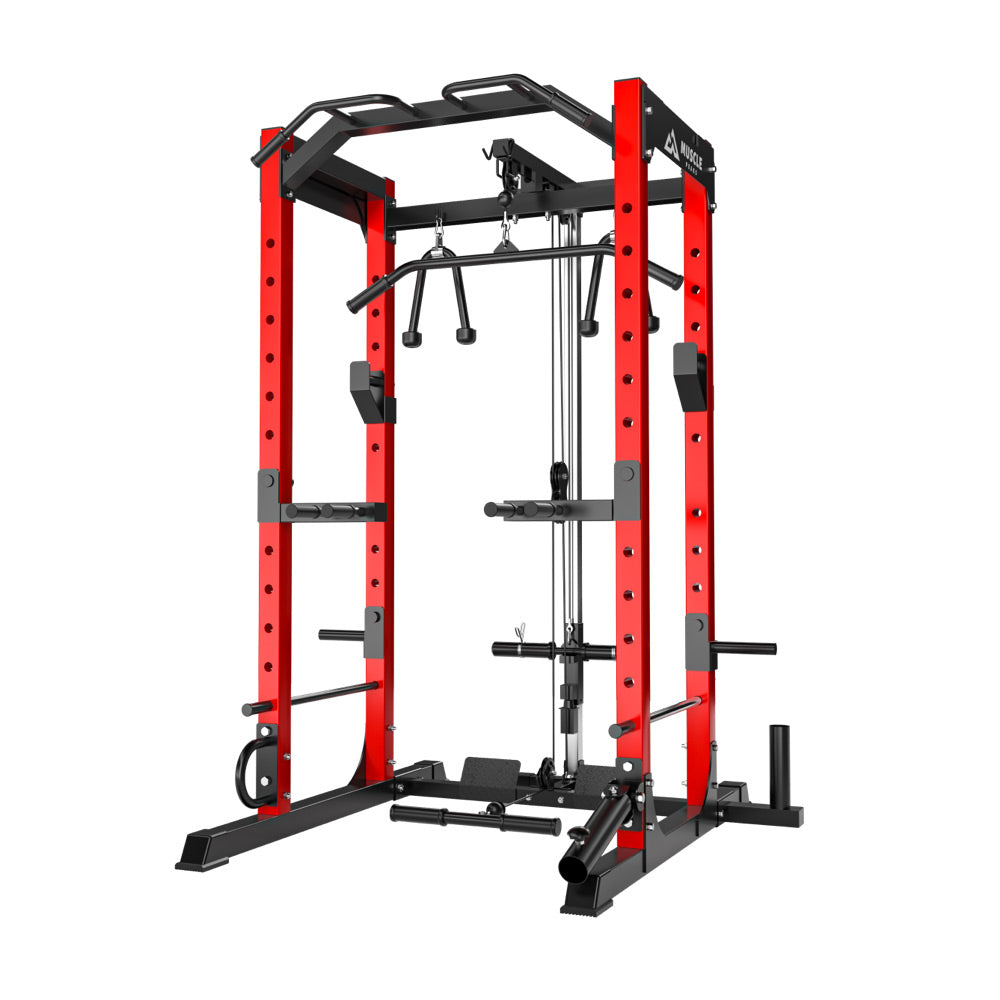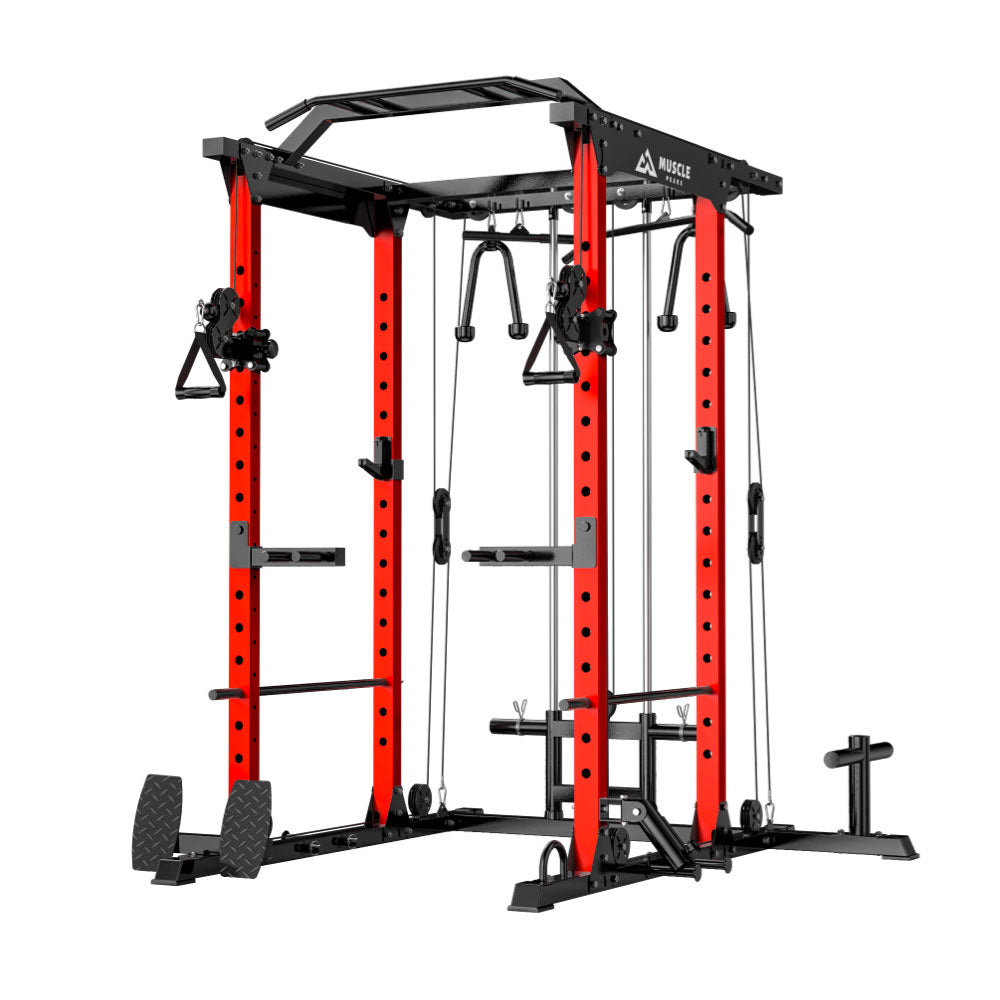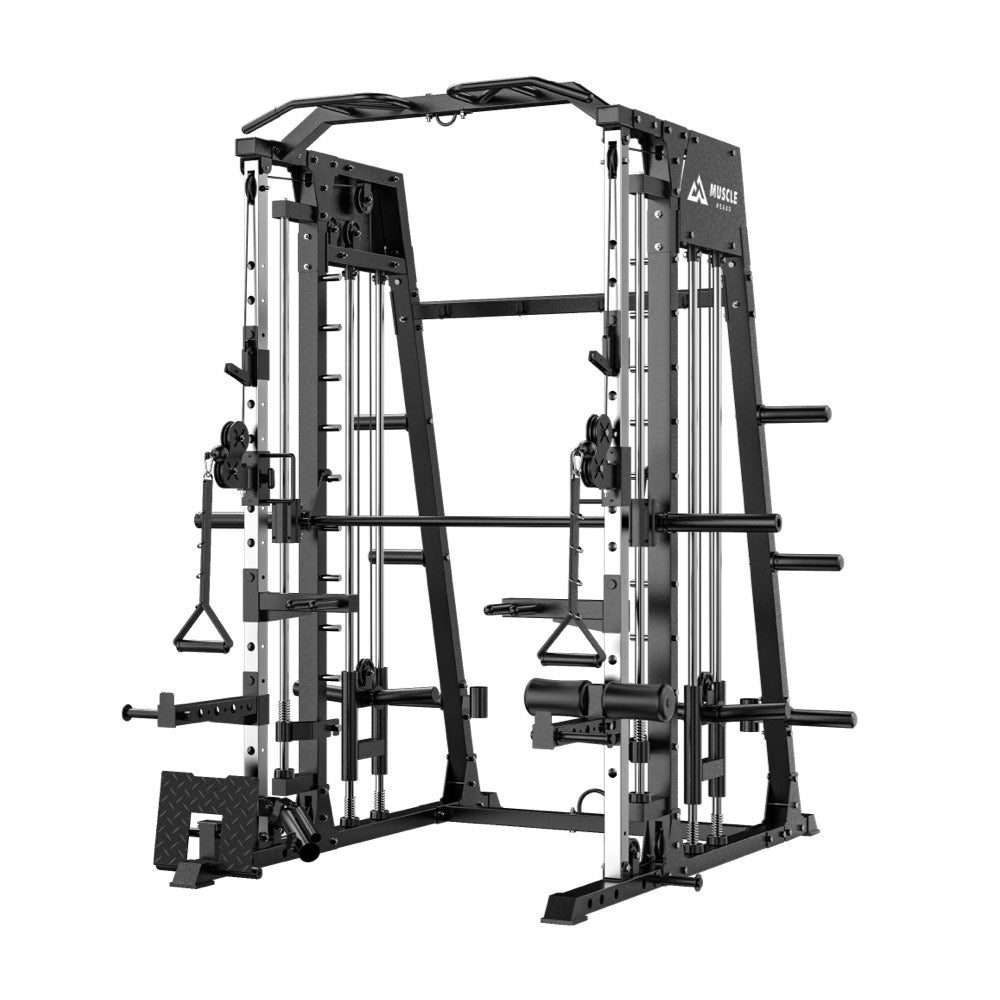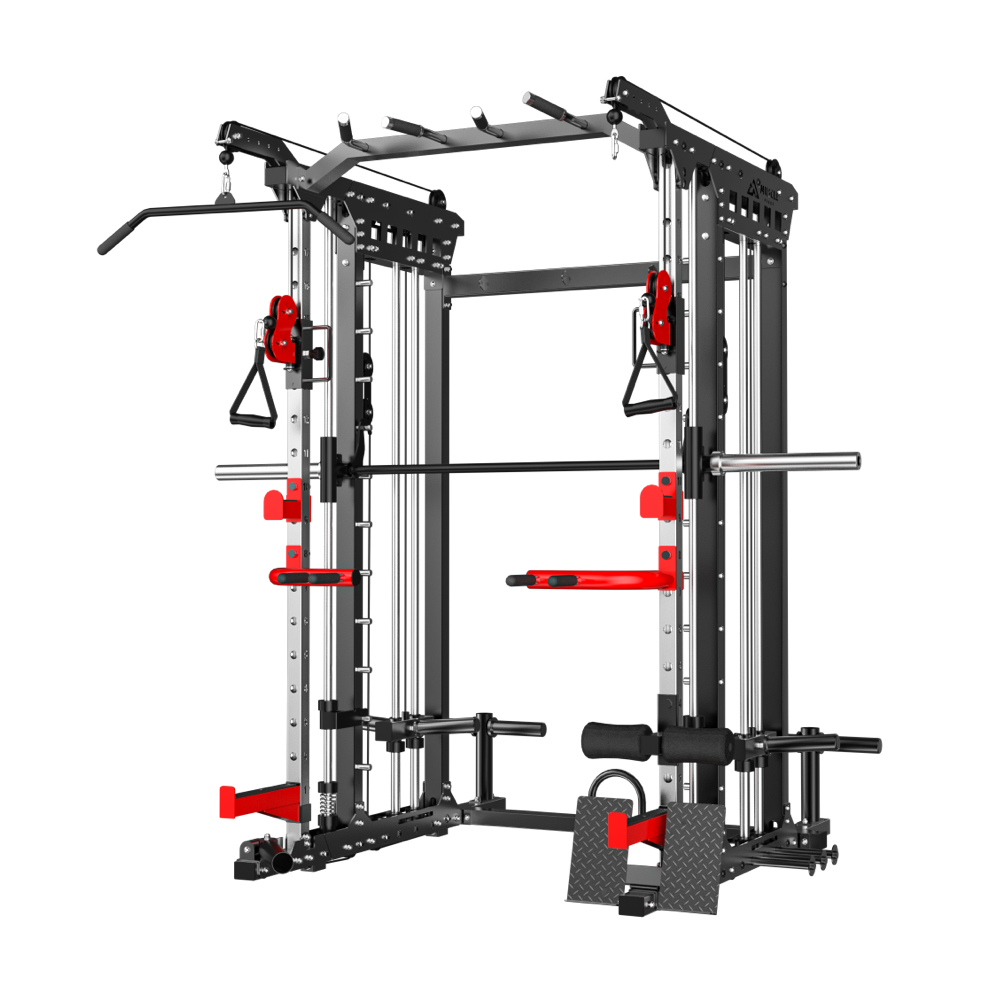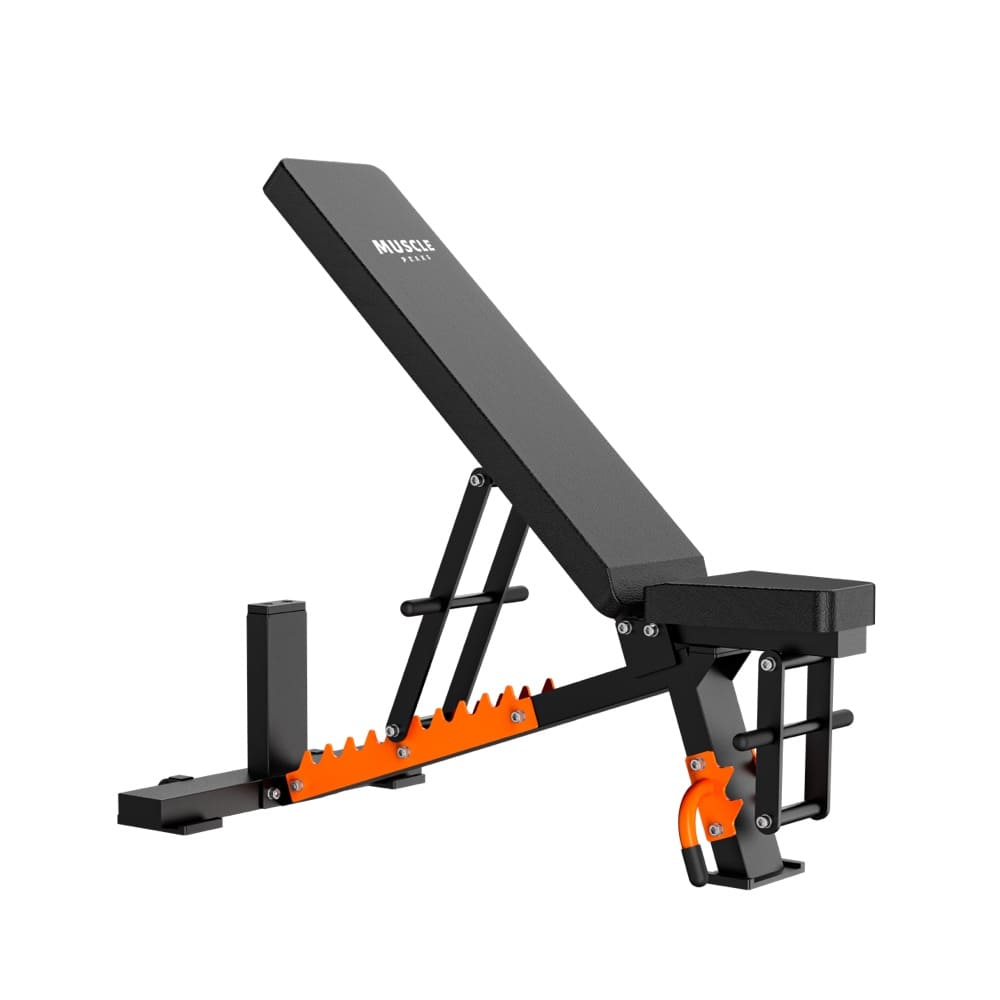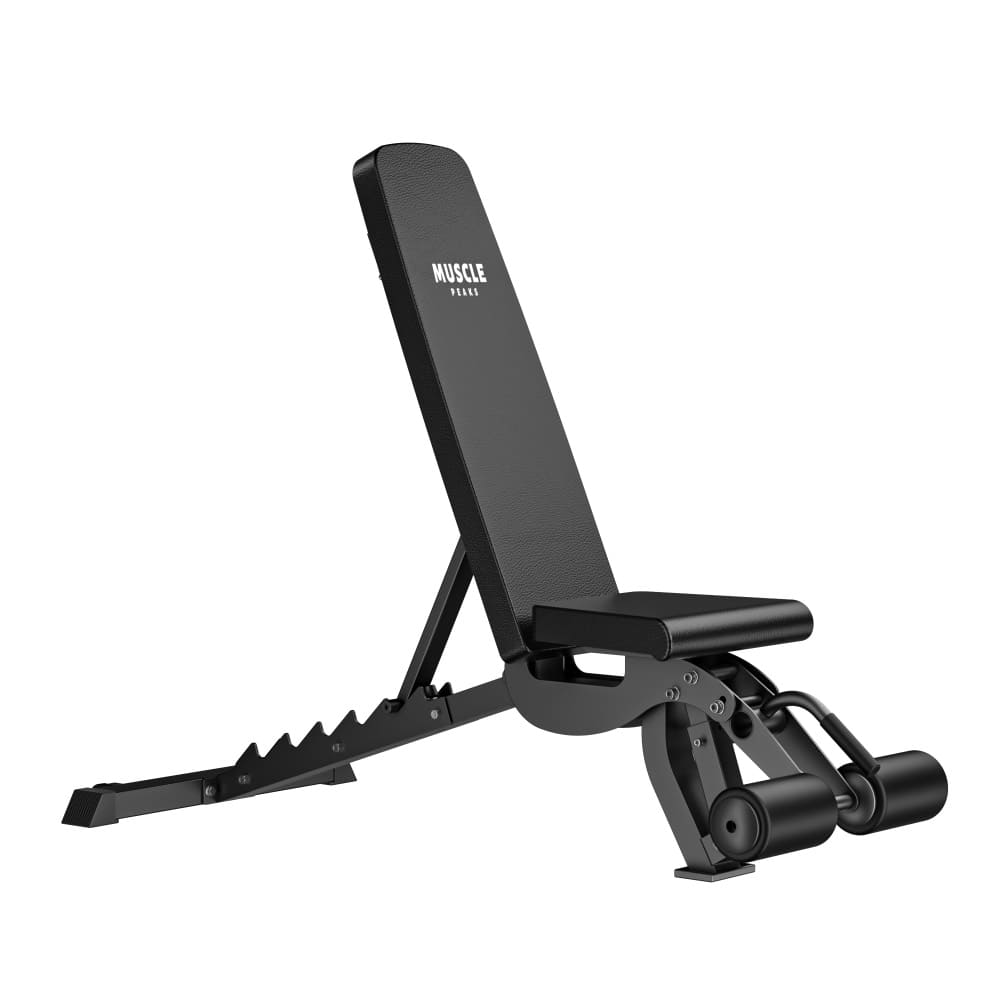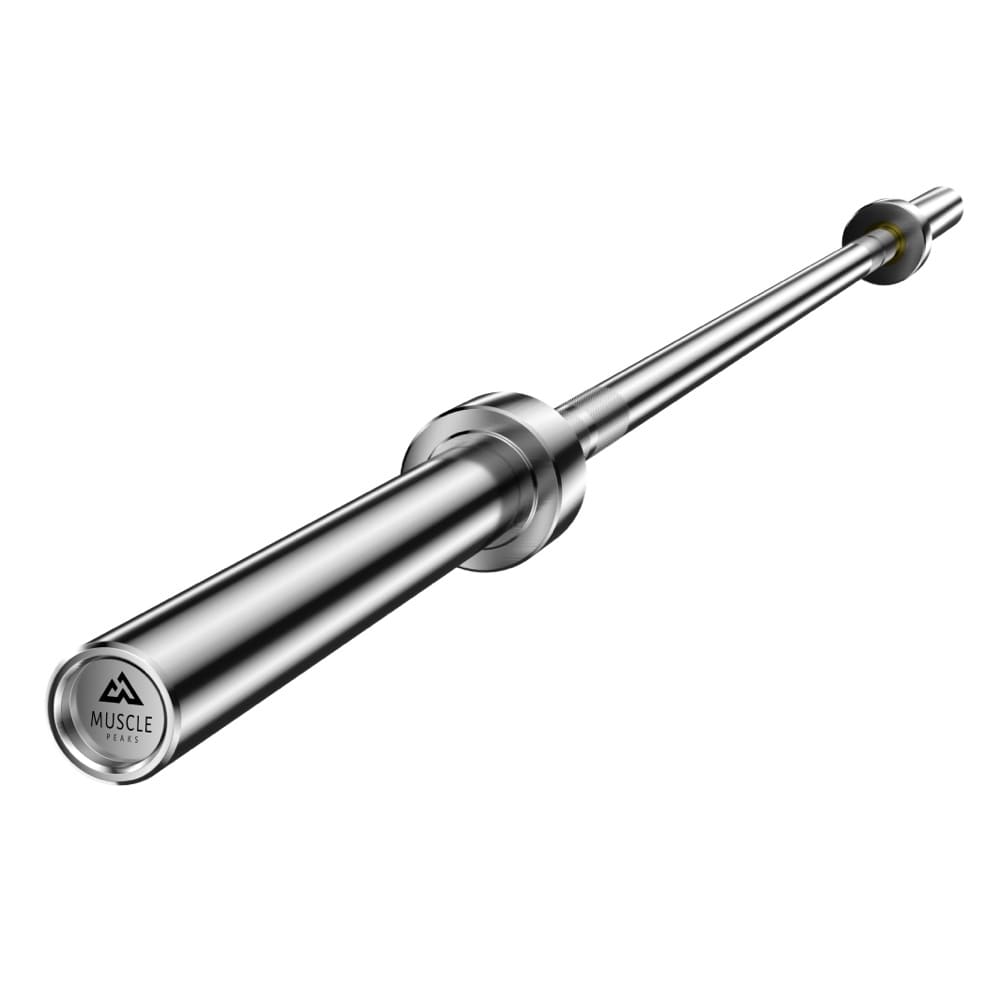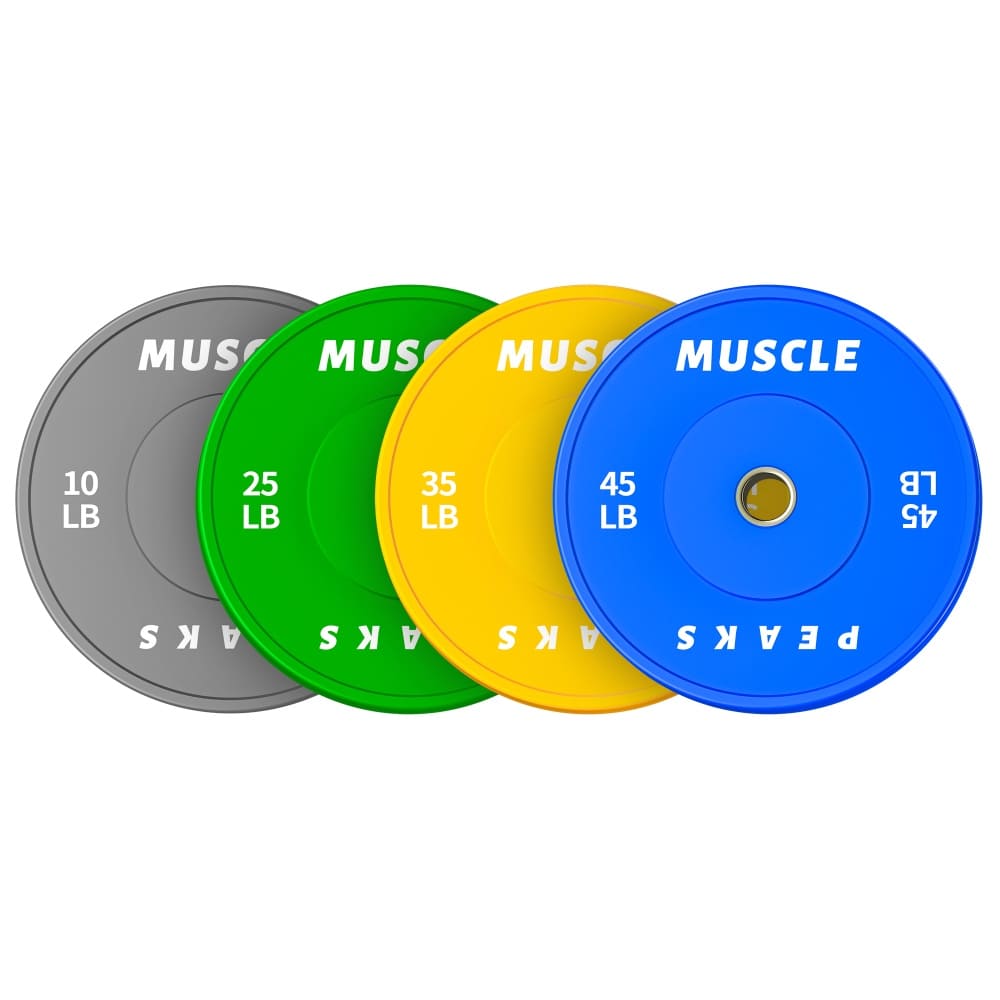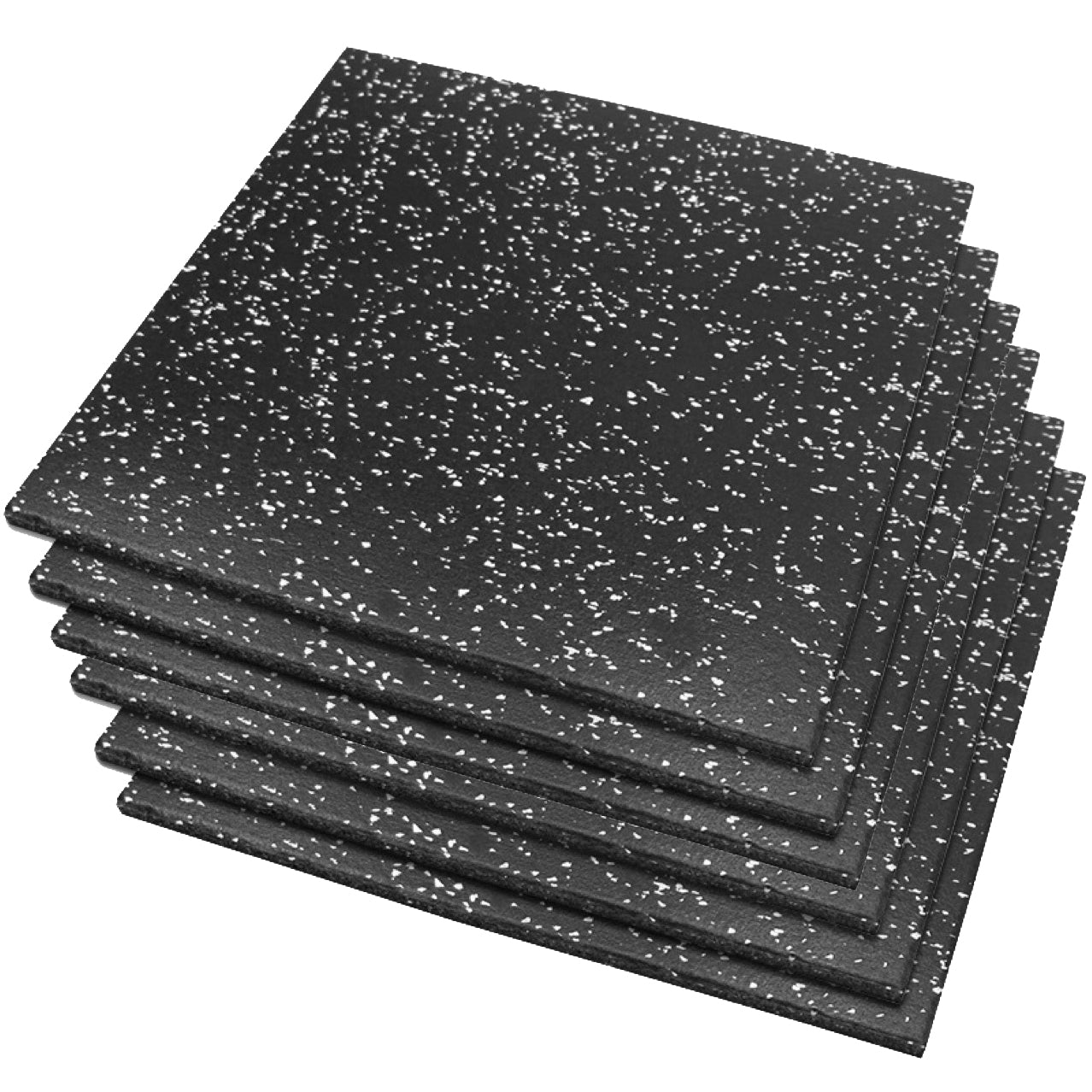Squats are a cornerstone of fitness, renowned for their ability to build strength and enhance athletic performance. Yet, the advantages of this versatile movement extend far beyond the gym, impacting daily life and long-term health. This comprehensive guide delves into the intricacies of squats, detailing how they work, the muscles they target, and the myriad of benefits they offer for fitness, strength, and well-being.
What Is a Squat?
A squat is a compound exercise that mimics the natural movement of lowering and raising the body, akin to sitting and standing from a chair. It engages the entire lower body, from the quadriceps and hamstrings to the glutes and adductors, with the core and lower back providing stability. Squats can be performed with bodyweight alone or with added resistance, such as a barbell or dumbbells, making them accessible to individuals of all fitness levels.
How to Perform a Squat
Stand with feet shoulder-width apart, toes slightly turned out.
Maintain a flat foot as you push your hips back and lower your body towards the floor.
Keep your chest up and ensure your knees do not extend beyond your toes.
Aim for a 90-degree angle at the knees before pushing through your heels to return to a standing position.
Muscles Targeted by Squats
Quadriceps: The front thigh muscles responsible for knee extension.
Hamstrings: The muscles at the back of the thigh that aid in hip extension and knee flexion.
Glutes: The muscles in the buttocks that contribute to hip extension and thigh stability.
Adductors: The inner thigh muscles that help with hip adduction.
Hip flexors: The muscles that flex the hip joint.
In addition to these primary muscle groups, squats also engage the calves, abdominals, lower back, and even the upper back to maintain proper form and balance.
Squat Benefits for Fitness and Strength
Strengthened Lower Body: Squats are instrumental in developing robust leg muscles, which are crucial for a wide range of physical activities and daily tasks.
Calorie Burning: Engaging large muscle groups increases the metabolic demand, leading to a higher overall calorie burn compared to isolation exercises.
Cardiovascular Improvement: The increased blood flow to the working muscles during squats can enhance heart function and cardiovascular capacity.
Muscle Tone Enhancement: Squats can improve muscle tone, contributing to a more defined and aesthetically pleasing physique.
Power Boost: Squats can increase power output, beneficial for athletes requiring explosive strength in their sports.
Hormonal Benefits: The stress of heavy lifting can stimulate hormone production, including testosterone and growth hormone, which are beneficial for muscle growth and recovery.
Glute Enhancement: Squats are renowned for their ability to lift and tighten the glutes, creating a more sculpted appearance.
Improved Sprint Speed: The power generated from squats can translate into faster and more enduring sprints.
Squat Benefits for Health
Injury Prevention: Strengthening muscles and addressing imbalances can reduce the risk of injury during both athletic pursuits and everyday activities.
Increased Bone Density: Weight-bearing exercises like squats can improve bone density, which is particularly important for aging populations and women.
Joint and Ligament Strength: Squats can fortify joints and ligaments, reducing the risk of wear and tear.
Flexibility Gains: The muscle growth stimulated by squats can enhance flexibility, allowing for a greater range of motion.
Balance Improvement: Regular squat practice can improve balance by strengthening the central nervous system's ability to maintain an upright position.
Coordination Enhancement: The complex muscle engagement during squats can lead to better overall coordination.
Posture Correction: Squats can help correct posture by strengthening the muscles responsible for maintaining an upright stance.
Mobility Enhancement: Squats can increase mobility in key areas, facilitating easier movement through a normal range of motion.
Reduced Cellulite: The muscle building and fat burning effects of squats can reduce the appearance of cellulite.
Confidence Boost: The physical improvements from squats can lead to increased self-confidence and body positivity.
Advanced Squat Variations for Greater Gains
As you progress in your fitness journey, incorporating advanced squat variations can further enhance your results. Some of these include:
Box Squats: Placing your buttocks against a box or bench at the bottom of the squat can improve form and activate the glutes more effectively.
Split Squats: Performing a lunge-like movement, this variation places more emphasis on the glutes and hip flexors.
Pistol Squats: A highly advanced move where you squat down on one leg while the other extends straight out. This requires exceptional balance and strength.
Barbell Squats: Adding a barbell across the back of your shoulders increases the resistance and targets the upper back and trapezius muscles as well.
The Role of Nutrition in Supporting Squat Performance
Nutrition plays a vital role in supporting your squat performance and recovery. Consuming a balanced diet rich in protein, complex carbohydrates, healthy fats, and essential vitamins and minerals can provide the necessary fuel for your workouts and aid in muscle repair and growth.
Recovery and Rest
Allowing your muscles time to recover is just as important as the workout itself. Rest days and proper sleep are crucial for muscle repair and growth, helping you to come back stronger for your next squat session.
Squat Equipment Recommendations for Enhanced Training
As you progress in your fitness journey with squats, upgrading your home gym or choosing the right equipment at a commercial facility can significantly impact your results. Muscle Peak Fitness offers two standout products that are designed to optimize your squat performance: the Power Rack and the Smith Machine.
Muscle Peaks Power Rack
The Muscle Peaks Power Rack is an ideal choice for those seeking a stable and secure platform for their squat workouts. Its sturdy construction ensures safety during heavy lifts, while the adjustable J-hooks and safety bars provide versatility for various squat depths and styles. This rack is not just limited to squats; it can also be used for a multitude of other exercises, making it a valuable addition to any fitness setup.
Muscle Peaks Smith Machine
For a more guided approach to squatting, the Muscle Peak Smith Machine offers a controlled environment that's perfect for beginners and seasoned athletes alike. Its fixed-barbell path and variable resistance capabilities allow users to maintain proper form with less risk of injury. The Smith Machine's multi-functionality extends beyond squats, offering the option to perform a wide range of exercises that target different muscle groups.
Incorporating Muscle Peaks' equipment into your training regimen can provide the support and structure needed to take your squat practice to new heights, all while ensuring a safe and effective workout experience.
Conclusion
Squats are a versatile and powerful exercise, offering a wealth of benefits for fitness, strength, and health. By understanding the mechanics of a proper squat and progressively incorporating weight, individuals can experience significant improvements in their physical capabilities and overall well-being. With the right approach, equipment, nutrition, and recovery, squats can be a cornerstone of a successful fitness journey.

